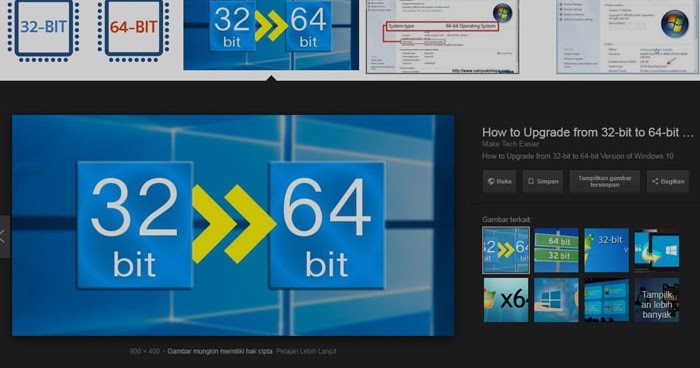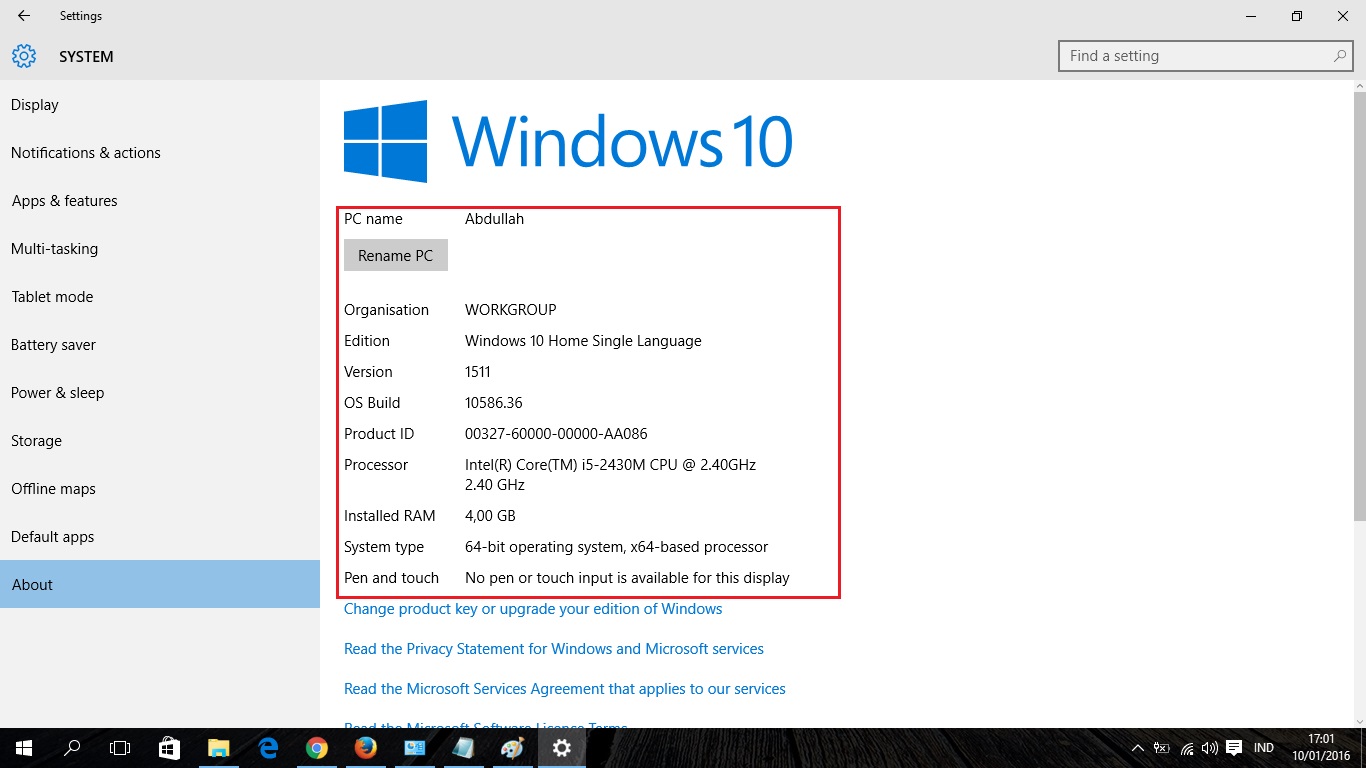
Warning: Back up your important files before continuing and also make sure you have what you need to reinstall your programs. RELATED: How to do a Clean Install of Windows 10 the Easy Way Unfortunately, there’s no direct upgrade path. You’ll need to perform a clean install to get to the 64-bit version of Windows 10 from the 32-bit one. But old hardware-for example, a particularly ancient printer-simply may not offer 64-bit drivers. They are likely included with Windows 10 or automatically will be downloaded from Windows Update. You shouldn’t necessarily need to download these from the manufacturer’s website, though. To check for this, you can visit the manufacturer’s driver download web pages for your hardware and see if 64-bit drivers are available.

Modern hardware should certainly offer 64-bit drivers, but very old hardware may no longer be supported and the manufacturer may have never offered 64-bit drivers. 64-bit versions of Windows require 64-bit hardware drivers, and the 32-bit versions you’re using on your current Windows 10 system won’t work. Make Sure Your PC’s Hardware Has 64-bit Drivers AvailableĮven if your processor is 64-bit compatible, you might want to consider whether your computer’s hardware will work properly with a 64-bit version of Windows. This means you’re using a 32-bit version of Windows 10 but your CPU can run a 64-bit version, so if you see it, it’s time to move on to the next section. But if you see the last entry on your system-“32-bit operating system, 圆4-based processor”-then you’re in luck. If you see the second entry, you won’t be able to install the 64-bit version of Windows on your system at all. If you see the first entry on your system, you don’t really need this article. Your CPU supports 64-bit, but you have the 32-bit version of Windows installed.


32-bit operating system, x86-based processor.Your CPU does support 64-bit and you already have the 64-bit version of Windows installed. 64-bit operating system, 圆4-based processor.On the right-hand side of the window, look for the “System type” entry. To do so, head to Settings > System > About. Before even thinking of upgrading to 64-bit Windows, you’ll need to confirm that the CPU in your computer is 64-bit capable. RELATED: How to Upgrade from Windows 7 or 8 to Windows 10 (Right Now) Make Sure Your Processor is 64-bit Capableįirst thing’s first. But, if your hardware supports using a 64-bit operating system, you can upgrade to the 64-bit version of Windows for free. If you had a 32-bit versions of Windows 7 or 8.1 installed on your PC and upgraded to Windows 10, Microsoft automatically gave you the 32-bit version of Windows 10.


 0 kommentar(er)
0 kommentar(er)
